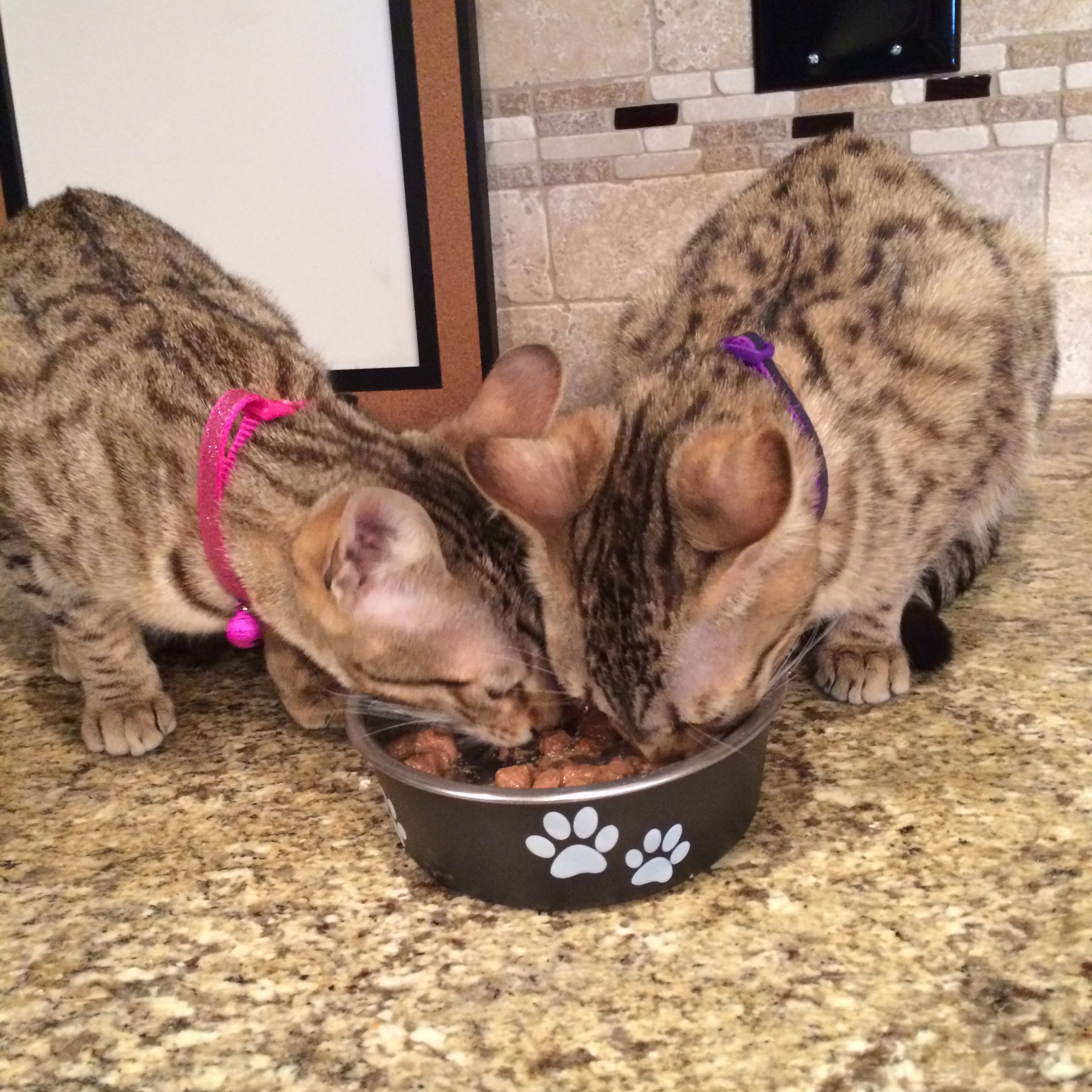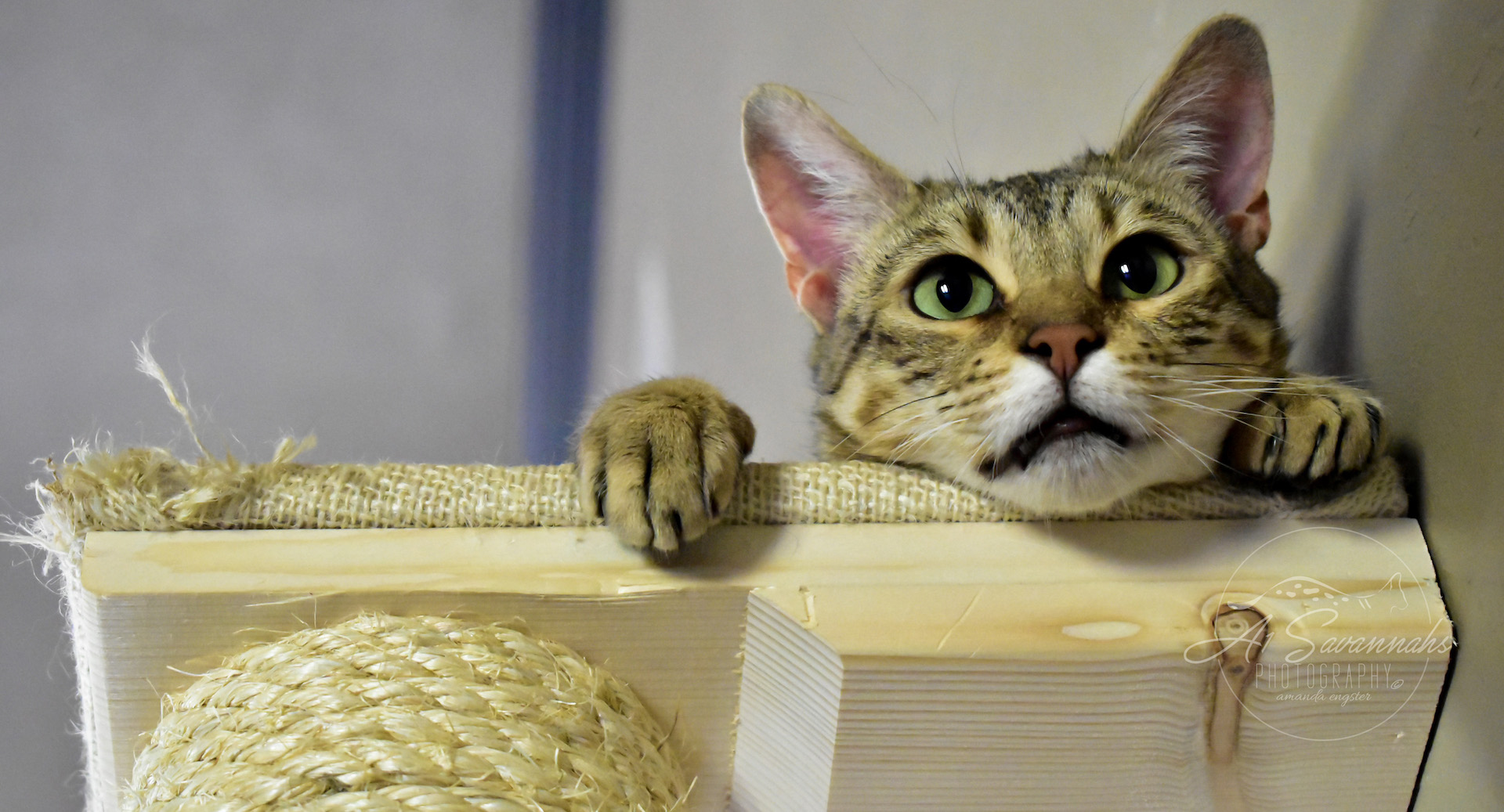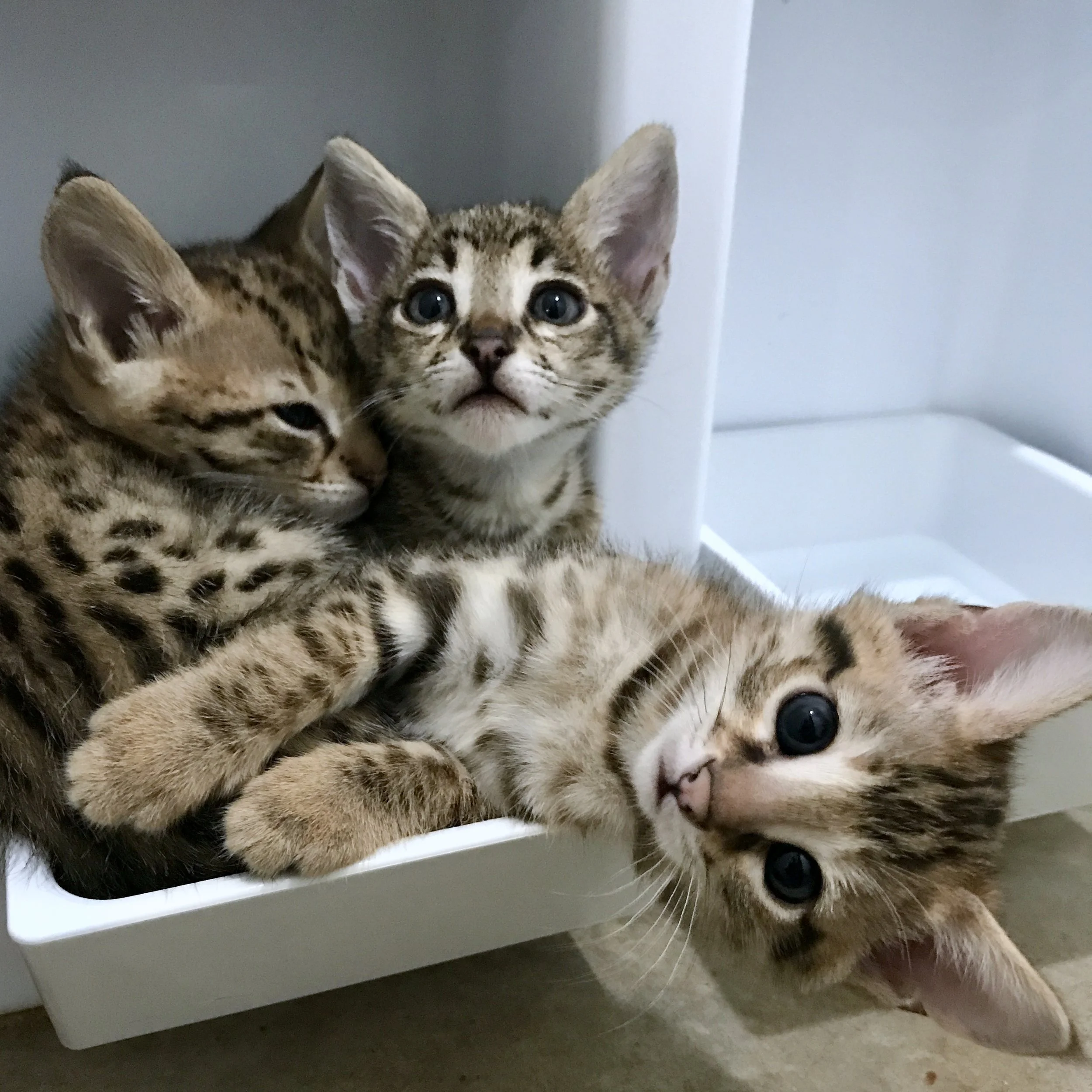Your cat may be your only friend that makes you happy while attending college. It is tolerant to your communication issues, lack of time, or poor training techniques. Running between coursework, assignments, and being active in college can be overwhelming and take a huge chunk of your time with your tom.
While playing with your pet is one of the ways to make it happy, you can’t be around it all day. Here are a few cat care skills to help you keep your cat happy while keeping up with your student’s life.
Play with the cat
Yes, as a student, you deal with so much in college, from difficult coursework, assignments, exams, while trying to balance your social life at the same time. This can take time from your cat, which needs company too. You need time to bond with your cat. An informative essay writer can make use of an essay service like EssayService, an essay writing company, to help balance their college workload and create more time for leisure activities like playing with their cat. You can do this by engaging an essay writing platform. Ca.EduBirdie is a Canadian essay writing company for university students that will enhance their essay writing and create time to play with your cat. When I need to write my essay but lack ideas, essay writing Canada service always comes to my rescue. And with time on your side, you can play hide and sick with a mouse toy filled with catnip, blow babbles outside to let it play, or go for a walk.
Get a scratching post
An excellent scratching post is an important aspect of your cat’s happiness while in college. Gifting your cat with scratching is like getting one’s nails done. It is a love language and the cat gets busy with its clutches. A scratching post also saves you a great deal with your coach and expensive curtains from going to waste, as a cat has to play and scratch something. This is also a great way to keep your cat busy while attending your lectures and a form of physical exercise for the cat. While choosing a scratcher, go for horizontal, vertical, or inclined. Consider a good quality scratcher for long-term use.
Set up the right litter box
Cats can be massively fussy with their litter box, hence the need to be particular when choosing a cat litter box tailored to meet your cat’s needs. Creating a cat-friendly litter box is essential to get your cat comfortable ad eventually at a happy place. Always make sure the litter box is improved and meets your cat’s needs, is clean, and doesn’t endanger your cat.
Paying attention to the litter box also helps you know if it is old or your cat has outgrown it in size. Make sure it is always clean, and the better option will be a natural litter box. It’s easier to clean and doesn’t expose your cat to health risks.
Catnip herb
The National Wildlife Federation recommends the catnip plant. It is most popular with cat owners. It is scientifically an herb in the mint family, which has an aromatic scent that makes cats excited. Get dry catnip leave and place it around your cat’s baubles. When the cat gets in contact with the catnip, it will create a pleasurable and temporary high.
This does not work in all cats, especially kittens. If you want to know your cat is happy after a long day with students’ course work, you will notice your cat rubbing, tossing, or flicking around, and also meowing a little.
Show love to your cat
Loving your cat is not just how it makes you feel. You need to let them know they are important and hold a special part in your heart. You already know how much you love your cat through the bonds you have created. Unlike dogs, they don’t show affection expressly, hence the need to dig down the love a little bit.
Building the bond also requires you to take note of the small signs that are so subtle to notice most of the time. For example, it might sound crazy to mimic your cat’s voice but the cat will passive it as a love language.
Conclusion
All said and done, all work and no play makes top a dull cat, hence the need to find a better way to enhance your cat’s happiness. Creating a conducive environment should just be one of the ways to balance your cat’s emotional, physical, and mental needs. Just in case your cat care routine was off the trail for a minute, these tips will help improve your relationship with the cat and make them happy, although they don’t ask much for most parts.













